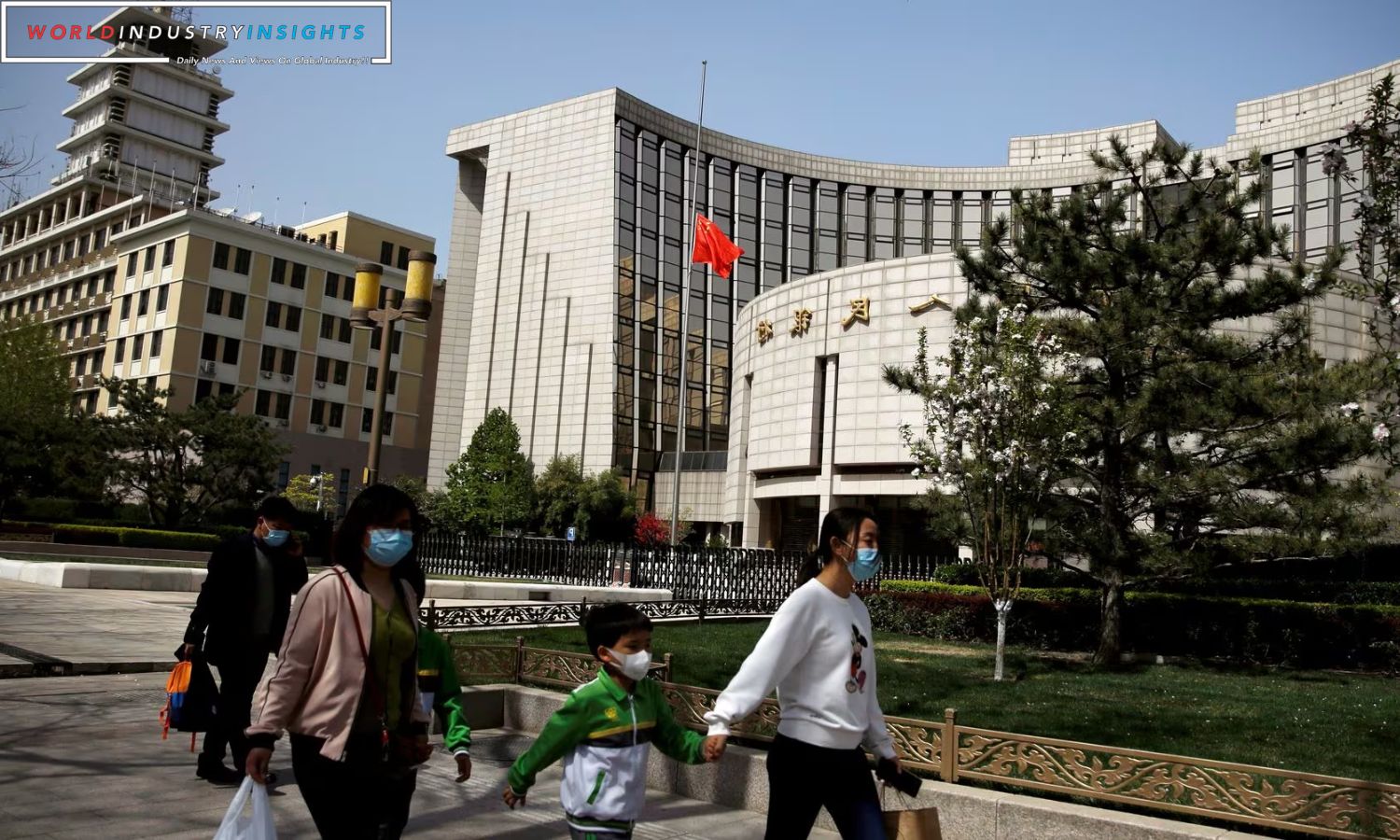China Economic Chess: In a strategic move, China has chosen to maintain its benchmark lending rates at the monthly fixing, aligning with market expectations. The decision comes at a critical juncture for the world’s second-largest economy, which is grappling with a patchy recovery. Recent economic indicators present a mixed picture, with industrial output and retail sales outperforming expectations, while deflationary pressures intensify, and the beleaguered property market shows little sign of immediate recovery.
The one-year loan prime rate (LPR) stands at 3.45%, and the five-year LPR remains at 4.20%, reflecting the cautious approach of policymakers. Most new and outstanding loans in China are influenced by the one-year LPR, while the five-year rate plays a pivotal role in shaping mortgage pricing. A poll of 26 market analysts conducted last week unanimously predicted no changes to either the one-year or five-year LPR.
The decision to keep rates steady follows the central bank’s decision to maintain the medium-term interbank liquidity rate unchanged in the previous week. The one-year LPR is loosely tied to the medium-term lending facility (MLF), and market observers often interpret changes in the MLF rate as potential precursors to adjustments in the LPR.
Last week, the People’s Bank of China injected 1.45 trillion yuan worth of one-year MLF loans into the banking system, maintaining the rates on those loans. This liquidity injection resulted in a net increase of 600 billion yuan in cash within the banking system, marking the most substantial monthly rise since December 2016.
Also Read: China Economic Challenges: Falling Prices and Deflation Concerns
Analysts believe that policymakers are adopting a wait-and-see approach to assess the impact of recent repricing of existing mortgage contracts before making further adjustments to the benchmark rate. Julian Evans-Pritchard, Head of China Economics at Capital Economics, noted, “The big picture, though, is that, with economic momentum weak and downward pressure on the renminbi reversing, we think rate reductions will come before long.” He anticipates China lowering the lending benchmark by 20 basis points at the end of the first quarter next year.
Despite China’s yuan recovering some losses incurred earlier this year, the country remains an outlier among global central banks. While it has implemented monetary policy loosening measures to support the recovery, further rate cuts could widen the yield gap with the United States, posing risks of yuan depreciation and capital outflows.
The Loan Prime Rate, typically what banks charge their premier clients, is determined by 18 designated commercial banks submitting proposed rates to the central bank each month. As China treads the delicate path of economic recovery, the decision on lending rates underscores the intricacies involved in balancing growth, stability, and currency concerns.
Our Reader’s Queries
Is chess big in China?
Although xiangqi and weiqi are more widely played in China, the CCA has made impressive strides in the chess world. With an estimated 3 million players in the country and 300,000 CCA members, the organization is well on its way to dominating the game. In comparison, the United States Chess Federation only has just over 93,000 members as of 2022.
When was chess banned in China?
For the initial eight years of the Cultural Revolution (1966-1976), Chess was prohibited in China. However, in 1974, the ban was relaxed, and China started participating in international competitions. The first international competition was held in 1976.
What is the Chinese equivalent of chess?
Xiangqi, also known as Chinese Chess, is a classic board game with a rich history spanning thousands of years. Its enduring popularity is a testament to its timeless appeal and strategic gameplay.
How is Chinese chess different from regular chess?
Chinese chess differs from Western chess in that it is played on the intersection of lines, or points, rather than on two-toned squares. This unique pattern was inspired by the game of go, which was already popular in China before chess was introduced from India.


